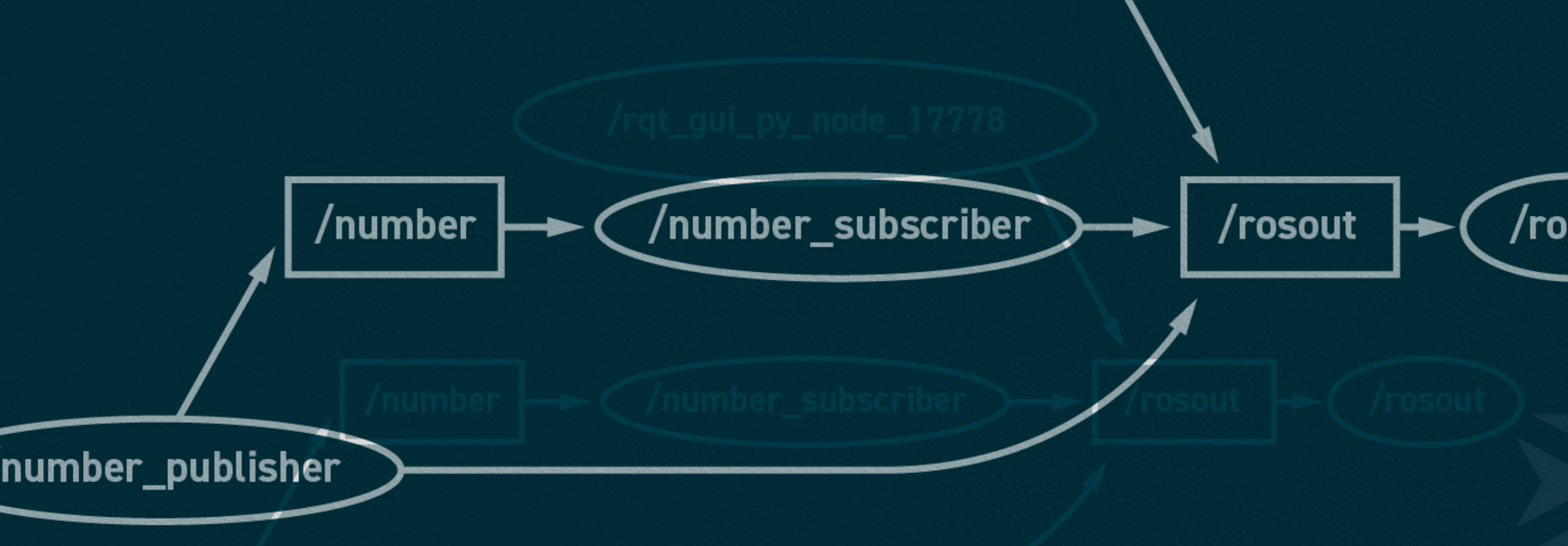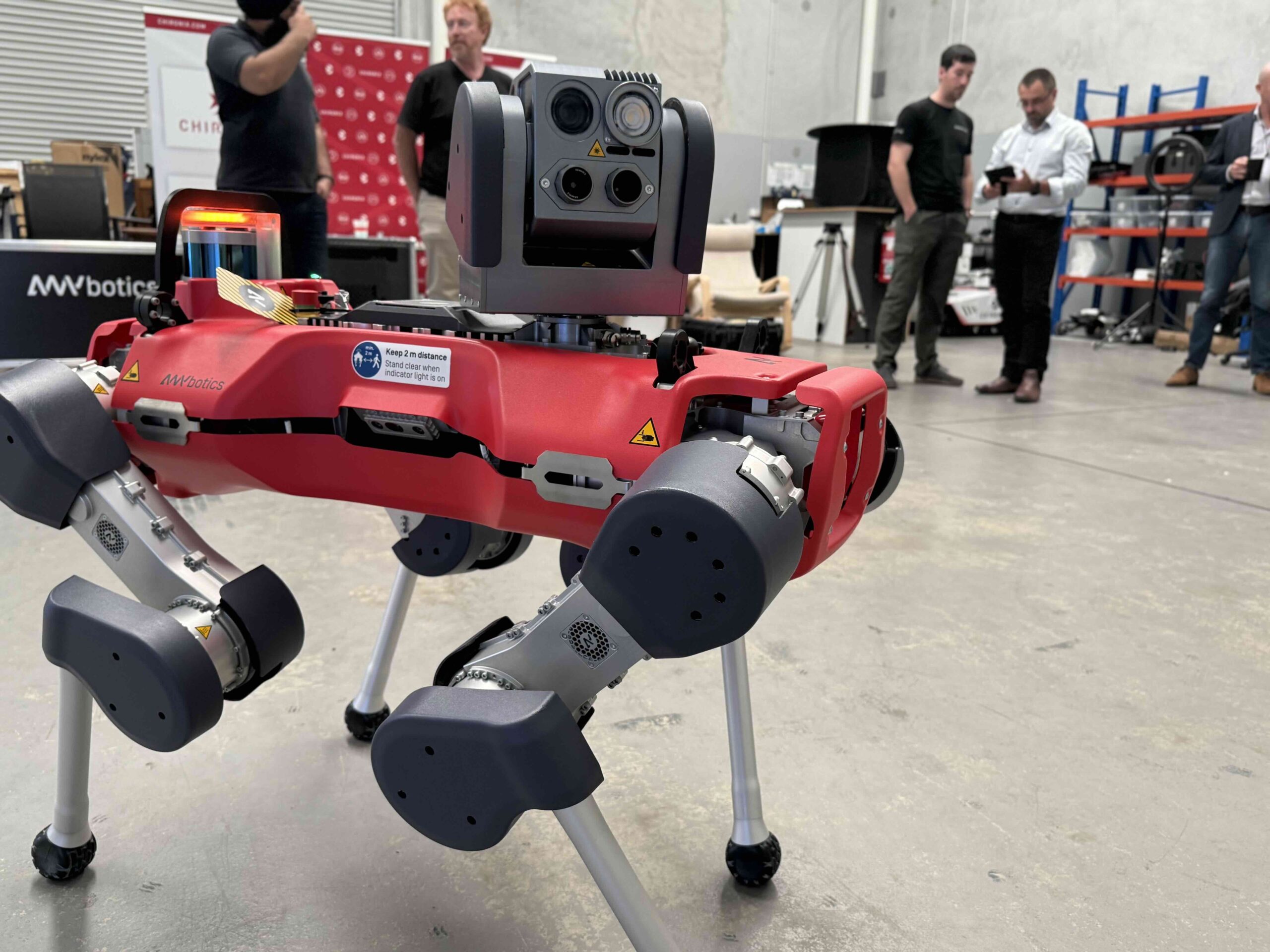Putting the electronics and mechanics together does not make a robot — the only way for the robot to ‘come to life’ is to execute the written set of instructions that are coded into its programming tools and software.
And so whether you are planning on building your own robot from scratch, or you’re planning on picking up robotics in school, you cannot do either without having a firm grasp of programming languages.
This guide can help you whether you’re looking to pursue a programming language to start your career in robotics, or a roboticist who wants to gain additional skills to operate a variety of robotic platforms. We delve into the most popular coding languages used with robotics & who should learn each of those.
What is the Best Coding Language for Robotics?
The answer to this question may vary depending on which roboticist you ask, but there is no best coding language so to speak. There are many programming languages — all with different capabilities, benefits, and limitations for roboticists to work with in building a robot of today’s capacity.
While C++ and Python are arguably the most popular programming languages for robotics, they may not be right for everyone.
Depending on your level of familiarity with robotics and the types of robots you plan to program, the language required will differ.
So a better question to ask here would be: Which language should I learn if my purpose is to enlist the robot for a specific line of tasks? That would determine the language you pick.
We have listed down the most popular programming languages below & discuss who they are best suited for.
But first, let’s talk about the Robot Operating System (ROS) that most modern robots are built on.
Robot Operating System (ROS)
The Robot Operating System (ROS) is not an operating system — it is a framework that consists of software libraries and tools for building robot applications. It’s akin to android for robots, allowing people to build applications on top of its framework.
ROS is built heavily using C++, which is aptly suited for high-performance robotics, and Python, which is great for programming code quickly. The framework runs on both these languages & also combines the advantages that each language brings to the table.
It is also open-source, backed by a community that releases thousands of packages for its fellow members to use, with each package tailored to different types of functionality. This framework is able to link processes from multiple devices (known as nodes) to one central hub, making this a highly useful feature in robotics development.
The ROS is ideal for almost anyone who wants to learn robotics, and the best time to learn is when you’re developing robotics applications hands-on. You will have both C++ and Python at your disposal, whereby you can use the roscpp library to code the former, and the rospy library the latter.
We at Chironix engineer robots that can serve as excellent base models to practice ROS. Their purpose is to help the next generation of roboticists master ROS in a hands-on environment.
Programming Languages for Robotics: Why and When to Learn Each One
Depending on the kind of output you’re hoping to achieve with robots, the language that’s best suited for you will vary.
C++
The popularity of C++ coding is not unfounded. Today, C++ is one of the top programming languages to learn with robotics because:
- It’s a great starting point for understanding the logic and dynamics of robotic behaviour;
- It is compatible with a variety of tools, platform-specific libraries and low-level hardware; and
- It can be used to create robots that can perform complex and specific tasks in real time.
While it is not the easiest to learn, C++ is a mature industry-standard programming language that is renowned for getting the greatest performance results from a robot. This makes C++ ideal for any roboticist who wants to build a high-performance robot.
Python
There is another programming language that stands out next to C++ in terms of popularity and ease-of-use. Well, you guessed it.
Even at 30 years old, Python is still in great demand because it:
- is one of the easiest programming languages to learn;
- lets you define a robot’s functionality in less time, with less code;
- is backed by a huge community and a lot of documentation;
- outperforms many other languages in the areas of automation and post-process robotic programming; and
- is used in developing robust systems that are useful in modern robotics applications.
There is but one notable disadvantage of coding in Python – the fact that it’s an interpreted language. This not only makes the process of error spotting more challenging, but it also causes programs to run a little slower compared to compiled languages like C & C++.
But thankfully, Python can be bound with C & C++ — allowing you to program performance-heavy code in these languages, run them alongside your code in Python and avoid performance loss.
Because Python’s main aim is to make programming easier and faster, it makes a great language for beginners to start out with. It is also a great way for developers to save time on their robotics projects without having to build basic functionalities from scratch.
MATLAB
MATLAB is a programming language not only common amongst robotic engineers, but also amongst universities that provide coding and robotics education. People who use the MATLAB coding language agree that it is great for:
- analyzing data
- building control systems
- modeling and simulation of robotic systems
MATLAB also allows developers to identify mistakes during prototyping, not later during production. This helps eliminate implementation errors, which makes it another ideal language for beginners to kick start their journey in robotics with.
C#/.Net
C# is regarded as one of the key languages for aspiring programmers in general. It gives them a solid foundation before they venture into different areas of information technology, including robotics.
Getting started with C# is relatively easy and fun, and it has great application in user interface (UI) design and can communicate with embedded systems rather easily. This means you can create fun projects using Arduino and other similar systems, and develop UI to monitor and simulate different robotic systems. A more advanced user could also interface with a ROS system for industrial or commercial purposes in game engines such as Unity, developing virtual environments.
Java
If not all, most schools and universities that offer robotics courses include Java as a must-have programming language.
This is because Java has established itself as a language that can be used to implement high-level features in robots. In other words, Java allows robots to do activities that are similar to those performed by humans.
Scratch
Scratch is one of the best suited languages for complete beginners.
Designed to be visual, it is one of the most common coding languages taught to learners between the ages of 8-16 years in school technology classes.
The learners are required to use a combination of Squeak, ActionScript & JavaScript to drag around blocks & connect them together. Although Scratch doesn’t have industrial application, it prepares students for higher-level studies in robotics & programming.
Lisp & Prolog
Lisp & prolog were outdated for a while, but have since started making a comeback — thanks to their earlier applications in the growing field of Artificial Intelligence (AI).
Known as the world’s second oldest programming language, Lisp is prominent in that even parts of ROS have been written in it. However, it’s worth noting that one doesn’t need to know Lisp in order to use ROS.
Prolog is similar in that it is a logic programming language. It allows programmers to program “knowledge” to be understandable by AI. Its most prominent use was in IBM’s Watson AI.
Although there are many other languages that have applications in AI, these two still remain valuable for inspiring many AI implementations. Learning these may be advisable for those who plan to delve deeper into the field of AI.
Hardware Description Languages
Hardware Description Languages (HDLs) are useful for electronic engineers who plan to develop low-level electronics for robots.
The language is designed to translate electronics into programming, and many engineers deploy it in the creation of Field Programmable Gate Arrays (FPGAs). This allows electronic engineers to create electronic parts without using silicon chips — making this way of production much more cost-effective & quicker.
Industrial Robot Languages (like Pascal)
As one of the first languages used to program industrial robots, Pascal is still widely learned by roboticists who want to program robots for industrial applications.
It was designed to encourage good programming practices, and derived from the language BASIC. Although outdated today & not very useful in everyday applications, Pascal can serve as a stepping stone for learning other industrial programming languages.
As for other industrial programming languages, it’s worth noting many industrial robots are programmed using different coding languages & the one you choose to learn would depend on your objectives & use-case.
Almost every manufacturer uses a proprietary language for their industrial robots, making it a challenge to learn a language that has more universal applications.
Start Learning with Chironix Robots
In the last 20 years, we have witnessed rapid, fascinating technological advancements in most parts of the world. A huge part of that is thanks to the efficiency and convenience that robotics has introduced to the world. Rest assured, the use of robotics and AI around the world will only be more widespread in the future, and not the other way around.
If you decide to study robotics today, you will help shape a future where robots can help mankind much more than they already are. You can choose to design home automation systems or help the world better recycle its waste.
In either case, robotic studies are here to stay & are likely to pave the way for our future.
Start learning with our Chironix robots for education that can be used to facilitate learning of ROS at any level of robotic education.


